AI Undress Remover: How it Works and its Potential Applications
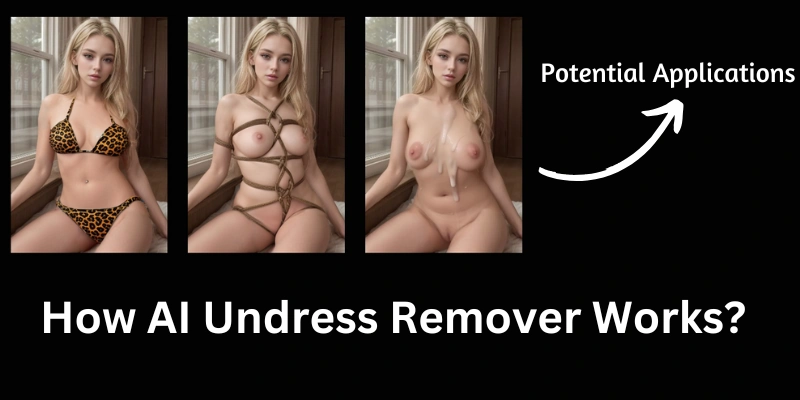
I checked my social media the other day and saw something that caught my eye. An advertisement promised to “undress anyone with AI.” I thought it was a prank at first. But as I looked into it more, I found out this technology exists.
AI undress removers. They’re real, and they’re turning heads.
These tools use AI to digitally take clothes off in photos. It sounds like something from a sci-fi movie, but it’s happening now. And it’s not just some obscure tech – millions of people use these apps every month.
As someone who loves tech, I found this fascinating. How does it work? What can people use it for in real life? And what risks does it bring? I decided to look into it and share what I found out.
In this piece, we’ll check out how AI undress tech works, look at some surprising ways people use it beyond the obvious, and talk about the tricky questions it brings up. Get ready – this is going to be eye-opening.
What is AI Undress Remover Technology?
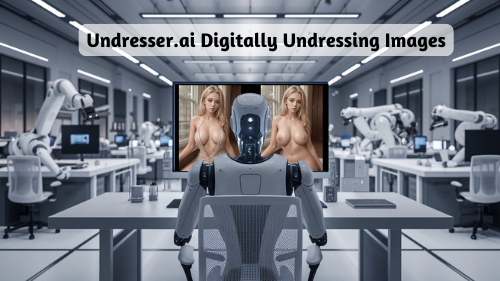
AI undress remover refers to artificial intelligence software that can digitally remove or alter clothing in images. Using machine learning algorithms, these tools analyze photos to detect clothing and then generate new versions of the image with the clothing removed or changed.
Some key features of AI undress remover technology include:
- Ability to process both photos and videos
- Options to remove specific clothing items or all clothing
- Generation of realistic nude or partially nude images
- Customization of body types and features
While early versions produced low-quality results, modern AI undress removers can create highly realistic outputs that are difficult to distinguish from real photos.
How AI Undress Remover Works
The process behind AI undress remover technology involves several complex steps:
1. Image Analysis
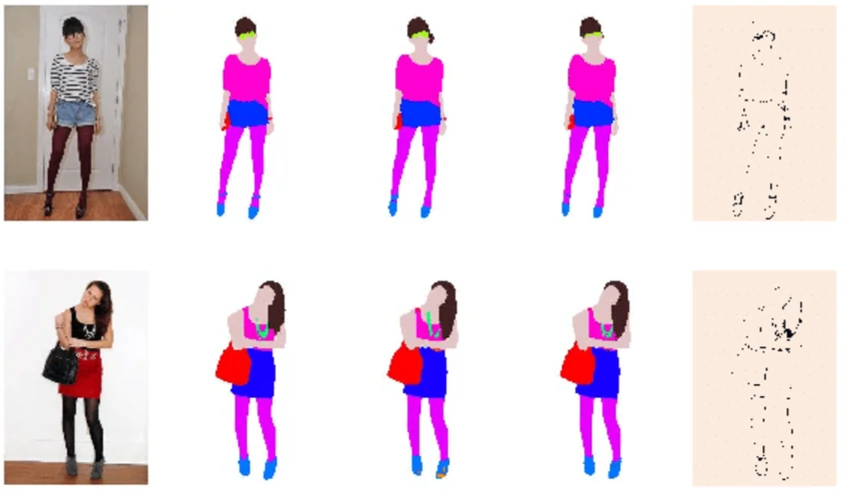
Once an image gets uploaded, the AI initially scans the entire image and finds clothing items in the appropriate areas. Computer vision methods are incorporated to locate garment classes, distances within the classes, distances to the body, and the manner in which the garments drape on the actual body.
2. Body Modeling
Then, an internal 3D representation of the body positioned under the garments is generated using the AI system. It assesses body ratios, muscle tone, skintone and other body aspects from the exposed regions of the body and available research information.
3. Clothing Removal
The AI then digitally removes the detected clothing items from the image. This leaves blank areas where the clothing was located.
4. Image Reconstruction
To fill in the blank areas, the AI uses generative algorithms to synthesize new pixel data. This reconstructs the underlying body parts in a photorealistic way, matching the lighting and style of the original image.
5. Refinement
As a final step, the AI refines and touches up the generated image to improve realism and consistency. This may involve smoothing edges, adjusting shadows, or tweaking skin textures.
The entire process typically takes just seconds to complete on modern systems. More advanced AI models can even process video to remove clothing from moving subjects.
Potential Applications
While AI undress remover technology raises ethical concerns, it also has potential beneficial applications across various industries:
1. Fashion and Retail

AI undress tools could allow shoppers to virtually try on clothes without physically changing.
This has several advantages:
- Faster, more convenient shopping experience.
- Ability to visualize fit on one’s own body type.
- Reduced need for physical changing rooms.
Retailers could integrate this technology into virtual dressing rooms or augmented reality apps.
2. Film and Television
The entertainment industry may use AI undress removal to:
- Create nude scenes without requiring actor nudity.
- Add/remove clothing in post-production.
- Produce alternate versions of scenes for different audiences.
- Generate costume concepts and visualizations.
This could give filmmakers more creative flexibility while respecting actor boundaries.
3. Medical Imaging
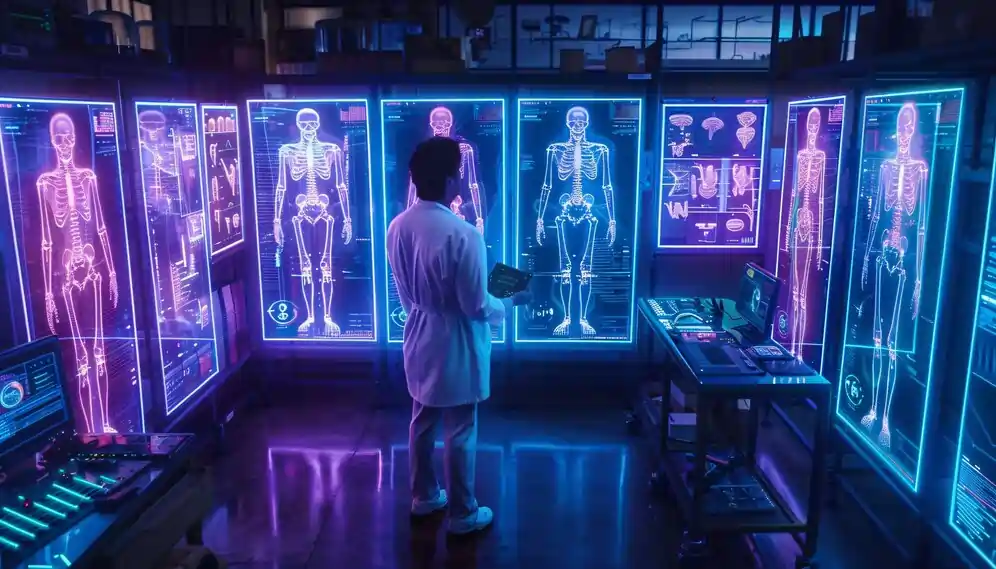
In healthcare, AI undress technology has potential uses like:
- Generating anatomical visualizations from clothed scans.
- Improving accuracy of body measurements and analysis.
- Creating standardized nude images for medical education.
- Assisting in remote patient assessment.
These applications could enhance diagnostic capabilities and medical training.
4. Art and Design
Artists and designers may leverage AI undress tools to:
- Visualize body proportions for figure drawing.
- Generate reference images for sculpture or painting.
- Create digital nude studies and artworks.
- Design form-fitting products like prosthetics.
The technology offers new creative possibilities in visual arts.
5. Fitness and Sports
Potential fitness and sports applications include:
- Tracking body changes during fitness programs.
- Analyzing athlete physiques and movements.
- Customizing workout plans based on body type.
- Designing better-fitting athletic wear.
This could help optimize training and performance.
Technical Challenges
Despite rapid progress, AI undress remover technology still faces several technical hurdles:
1. Accuracy Limitations
Current AI models sometimes struggle with:
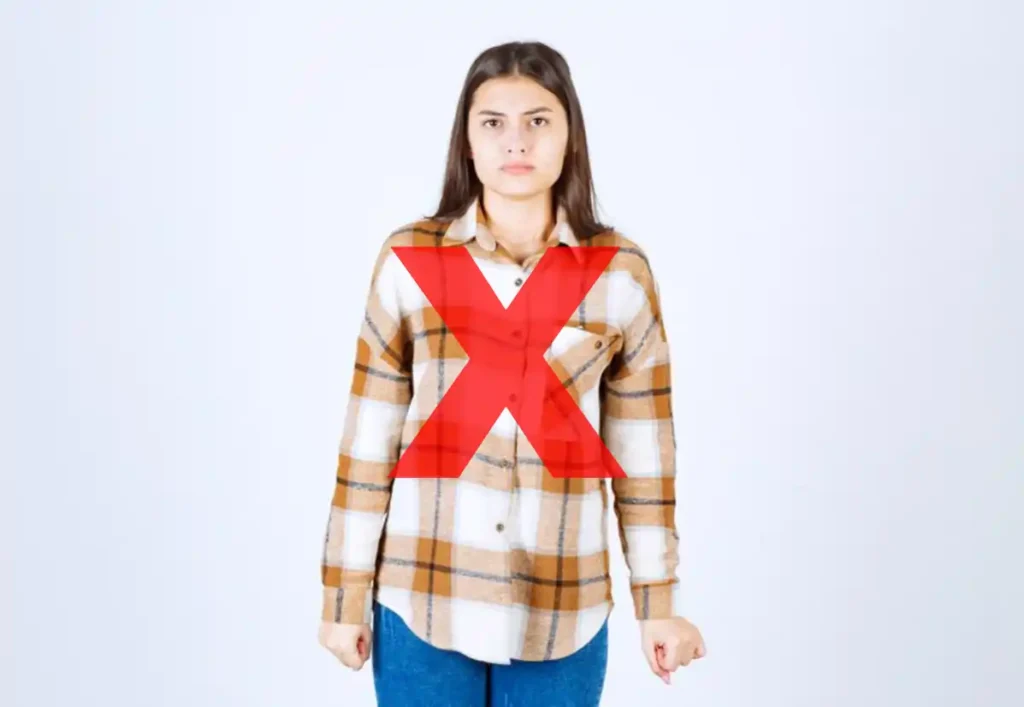
- Complex clothing like layered or loose garments.
- Unusual poses or body positions.
- Partial occlusion of body parts.
- Non-standard body types or features.
- These can lead to unrealistic or glitchy outputs.
2. Computational Requirements
High-quality AI undress removal demands significant computing power. This limits real-time applications on mobile devices or lower-end systems.
3. Video Processing
Removing clothing from video presents extra challenges in maintaining consistency between frames. Artifacts and flickering can occur with movement.
4. Diverse Training Data
To work well across different ethnicities, body types, and clothing styles, AI models need extremely large and diverse training datasets. Gathering such data ethically is difficult.
5. Photorealism
While results have improved dramatically, AI-generated nude images are often still detectable as artificial upon close inspection. Achieving true photorealism remains an ongoing challenge.
Legal and Ethical Considerations
The capabilities of AI undress remover technology raise significant legal and ethical questions:
1. Privacy Concerns
Using these tools on images of others without consent is a clear violation of privacy. There are also risks of data breaches exposing sensitive generated images.
2. Consent and Exploitation
AI undress technology could be misused to create non-consensual intimate images, potentially leading to harassment or exploitation.
3. Copyright Issues
It’s unclear whether AI-generated nude versions of copyrighted images constitute derivative works or new creations entirely.
4. Age Verification
Preventing the use of these tools on images of minors presents major challenges around age verification and moderation.
5. Bias and Representation
AI models may perpetuate harmful biases in body representation if not carefully designed and trained on diverse data.
The Future of AI Undress Technology
As AI capabilities continue advancing, we can expect several developments in undress removal technology:
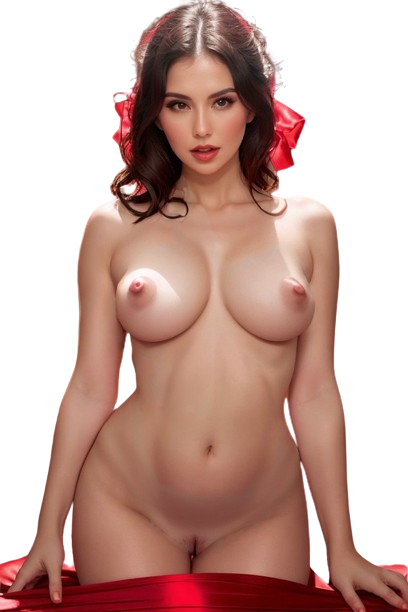
However, the societal impact and ethical implications of this technology will likely be subjects of ongoing debate and scrutiny.
Final Thought
Having read about these AI undress removers, I have mixed feelings. This is one kind of technology that has evolved to impressive levels. The ability to effortlessly erase clothes digitally from pictures simply shows the level of expertise that AI has come to.
But it is a bit creepy too. As someone who places great importance on privacy, the thought that one can potentially “undress” a picture of me is disturbing. And the likelihood of it being abused is clear.
That said, I was astonished by some of the real-world uses we discussed.
In the end, much like every other harmful technology, AI undress removers are nothing but an instrument. What transpires is dependent on us. As this technology progresses, it is certain that we will engage in more discussions regarding ethics, consent, and whether regulations are necessary.
For the time being, I will follow this sector very carefully. It is obvious that AI undressing goes beyond a mere gimmick – it is a window into a reality where the distinction between the physical world and virtual reality is virtually erased. Whether that’s exciting or scary… well, I’ll leave that for you to decide.
